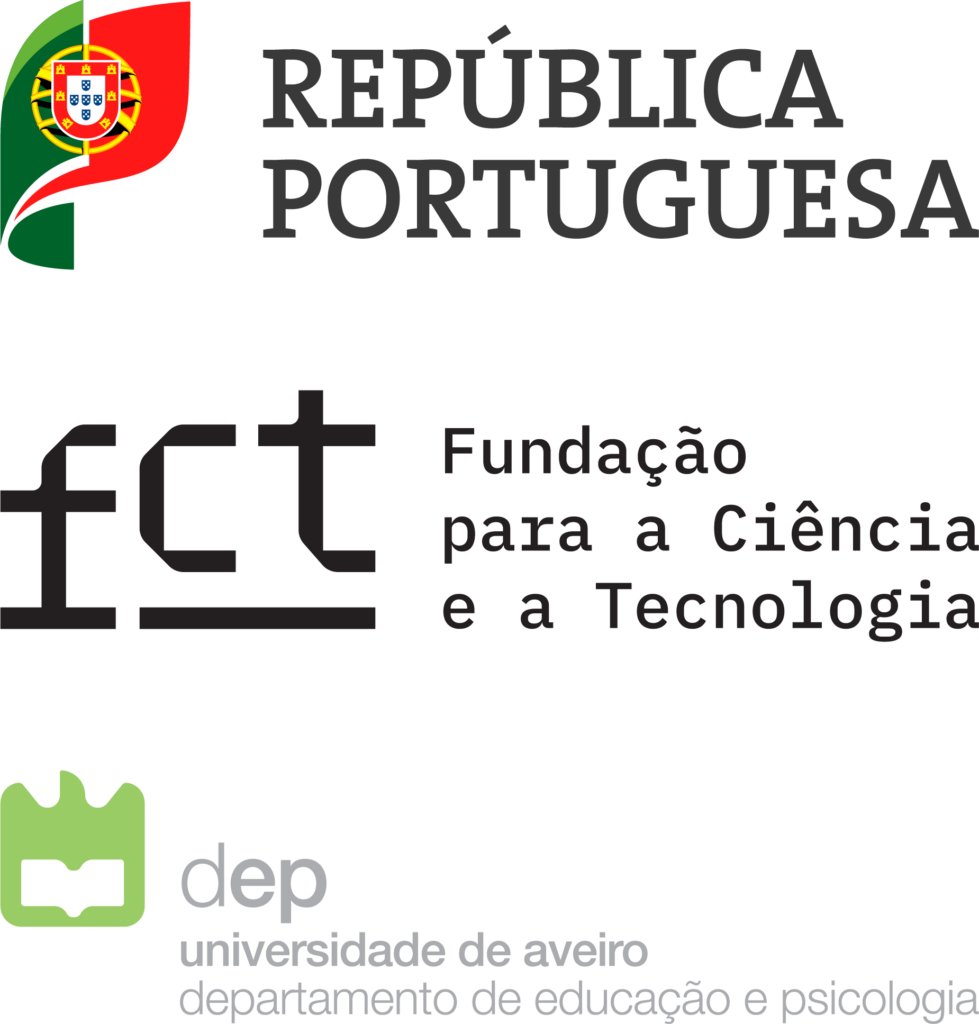Ricardo Silva (CIDTFF), Fernando Martins, José Cravino (CIDTFF), Paulo Martins, Cecília Costa (CIDTFF) & J. Bernardino Lopes (CIDTFF) | Education Sciences, 13 (2), 210
Abstract:
The proper integration of technology in teaching and learning processes must consider the role of teachers and students, as well as the design of tasks and the context in which they are implemented. Teachers’ perceived self-efficacy significantly influences their willingness to integrate educational robotics (ER) into their practice, so initial teacher training should provide opportunities for teachers to participate in structured activities that integrate ER. In this study, a class of pre-service teachers from an initial teacher training programme were provided with their first contact with an ER platform through the use of a simulator. We present the design process of a student exploration guide and teacher guide, developed over three iterative cycles of implementation, assessment and redesign. The analysis of the data collected allowed for improvements in the design of the tasks, the graphic component of the student exploration guide, and more precise indications for the teacher’s actions. The main contribution of this study is the chain orchestration between the simulator, student exploration guide and teacher guide, which allowed pre-service teachers to solve a set of challenges of increasing complexity, thereby progressively decreasing their difficulties and contributing to an adequate integration of ER in their future teaching practices.
– – – – –
Referência:
Silva, R., Martins, F., Cravino, J., Martins, P., Costa, C., & Lopes, J. B. (2023). Using Educational Robotics in Pre-Service Teacher Training: Orchestration between an Exploration Guide and Teacher Role. Education Sciences, 13 (2), 210. https://doi.org/10.3390/educsci13020210





